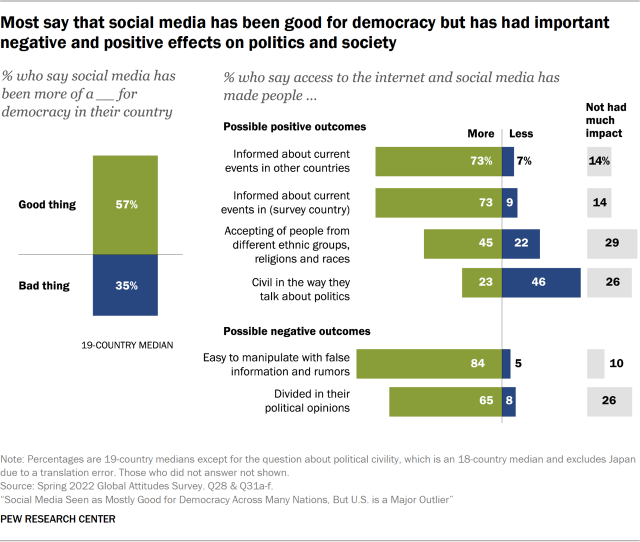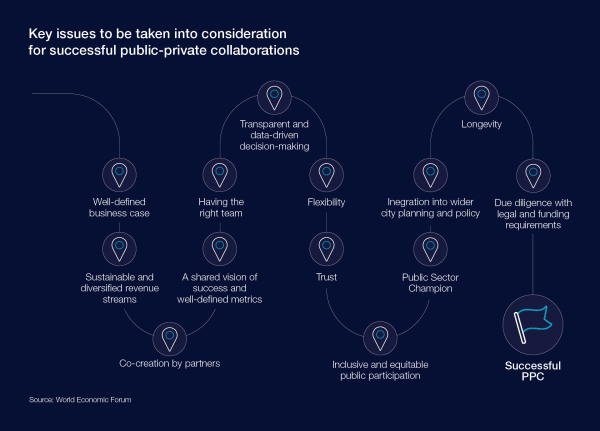Report by Geoff Mulgan, Oliver Marsh, and Anina Henggeler: “…examines how governments — and the societies around them — mobilised intelligence to handle the COVID-19 pandemic and its effects. It also makes recommendations as to how they could improve their ability to organise intelligence for future challenges of all kinds, from pandemics to climate change.
The study draws on dozens of interviews with senior officials and others in many countries including Estonia, Australia, New Zealand, Germany, Finland, USA, Chile, Canada, Portugal, Taiwan, Singapore, India, Bangladesh, UAE, South Korea and the UK, as well as the European Commission and UN agencies — along with roundtables and literature analysis.
The pandemic was an unprecedented event in its global impacts and in the scale of government responses. It required a myriad of policy decisions: about testing, lockdowns, masks, school closures, visiting rules at care homes and vaccinations.
Our interest is in what contributed to those decisions, and we define intelligence broadly to include data, evidence, models, tacit knowledge, foresight and creativity and innovation — all the means that can help governments make better decisions, particularly under conditions of stress and uncertainty.
Each type of intelligence played an important role. Governments needed health as well as non-health data to help understand how the virus was spreading in real time and its impacts. They needed models — for example, to judge if their hospitals were at risk of being overrun. They needed evidence — for example on whether enforcing mask-wearing would be effective. And they needed to tap into the knowledge of citizens and frontline staff quickly to spot potential problems and frictions.
Most governments had to improvise new methods of organising that intelligence, particularly as they grappled not just with the immediate health challenges, but also with the knock-on challenges to economies, communities, mental health, school systems and sectors such as hospitality.
As we show there was extraordinary innovation globally around the gathering of data, from mass serological testing to analysis of sewage, from mobilising mobile phone data to citizen generated data on symptoms. There was an equally impressive explosion of research and evidence; and innovative approaches to problem solving and creativity, from vaccine development to Personal Protective Equipment (PPE).
However, we also point to problems:
- Imbalances in terms of what was attended to — with physical health given much more attention than mental health or educational impacts in models and data, which was understandable in the early phases of the crisis but more problematic later on as trade-offs had to be managed
- Imbalances in different kinds of expertise in scientific advice and influence, for instance in who got to sit on and be heard in expert advisory committees
- Very varied ability of countries to share information and data between tiers of government
- Very varied ability to mobilise key sources, such as commercial data, and varied use of intelligence from outside sources, such as from other countries or from civic groups,
- Even when there were strong sources of advice and evidence, weak capacities to synthesise multiple kinds of intelligence at the core of governments…(More)”.


